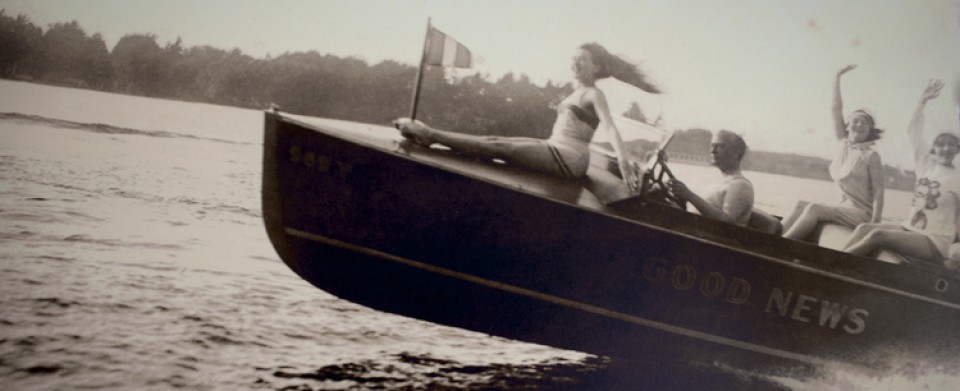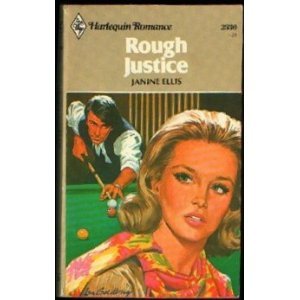Tags
1970s harlequin, Boon Harlequin, category romance, contemporary romance, cover art, harlequin presents, harlequin romance, Mills and Boon, retro romance, romance novel reviews, vintage romance reviews, Violet Winspear
A Romance Canon, one as staid and firm (and stout) as Harold Bloom‘s should include Violet Winspear, whose corpus includes over 90 titles written for Mills & Boon. I love her name almost as much as I love Foyle’s War’s Honeysuckle Weeks.
The Little Nobody was chosen for the alpha hero lurking beyond it’s title.
With a little nobody, a Big Somebody must be in there somewhere.
Violet Winspear is known for (notorious for at one time) her alpha heroes: angry, incomprehensible heroes and our future bodice rippers. In 1970, she explained:
I get my heroes so that they’re lean and hard muscled and mocking and sardonic and tough and tigerish and single, of course. Oh and they’ve got to be rich and then I make it that they’re only cynical and smooth on the surface. But underneath they’re well, you know, sort of lost and lonely. In need of love but, when roused, capable of breathtaking passion and potency. Most of my heroes, well all of them really, are like that. They frighten but fascinate. They must be the sort of men who are capable of rape: men it’s dangerous to be alone in the room with.
The category line Winspear helped to launched has pervasive arm-gripping, angry kissing, and even spanking. Still, she got a little flack for that.
The Little Nobody is only #15 in the original Harlequin Presents line (of thousands). A more recent Harlequin line of the same name has the same mission as the original:
You want alpha males, decadent glamour and jet-set lifestyles. Step into the sensational, sophisticated world of Harlequin Presents, where sinfully tempting heroes ignite a fierce and wickedly irresistible passion!
The little nobody is Ynis Raiford. She is newly arrived on a dark and stormy night to a gothic castle on the Cornish Cliffs (Cornwall, England) called the Sea Witch.
Her name – Raiford – is not even hers. It’s borrowed from her stepfather, a con man serving time as a result of his designs on the hero’s fortune (a part of it at least). The hero – Gard St. Clair – is a former maestro whose arm was injured by a freak storefront accident, and then severed from his body at the shoulder by a surgeon, unaware he was operating on a famous conductor because Gard’s wallet had been stolen from him by a pickpocket while he was still unconscious and bloody beneath the shattered pane of glass. So, when Ynis’ petty thief stepfather was caught trying to steal from Gard a couple years later, our hero was still a little touchy and unforgiving. Ynis ventures to the Sea Witch to persuade maestro Gard to drop the charges, but finds the hero a tad embittered by pickpockets, his missing arm, and, presumably, the bad weather.
The bad weather is important, because after Gard declines Ynis’ request to free from prison the only family she’s ever known, she runs out into the dark, stormy night and is deservedly hit by a car. She awakes back at the Sea Witch with amnesia and a ring on her finger. Gard claims she’s his fiancé.
Readers of this line are given no insight into the thoughts and feelings of heroes beyond their actions and smoldering looks of incomprehensible rage, but we can assume the hero feels guilty, or something.
So there we have it. Add another woman – “his old love, the beautiful actress Stella Marrick” – and the set-up is a typical 1970s Mills & Boon pretzel-plot.
Of significance…Ynis has been living in a convent for the better part of her life. Though the Reverend Mother tried to convince Ynis to take orders, instead Ynis wants to see the world. She’s at her hills-are-alive moment when this book begins.
What the heroine’s convent background provides is a nice dose of virgin envy. Yes, it’s a real thing. And Winspear knows how to work it.
He didn’t care a rap she found him more fearful than fascinating. He seemed to her to enjoy the fear which she felt. ‘There are certain terrors known only to a girl,’ he said. ‘The fact is fascinating to a man, and that’s the bare truth.’
Virgin envy. I’m green with it.


 Harlequin Romance #2364
Harlequin Romance #2364 Kiss of a Tyrant
Kiss of a Tyrant




